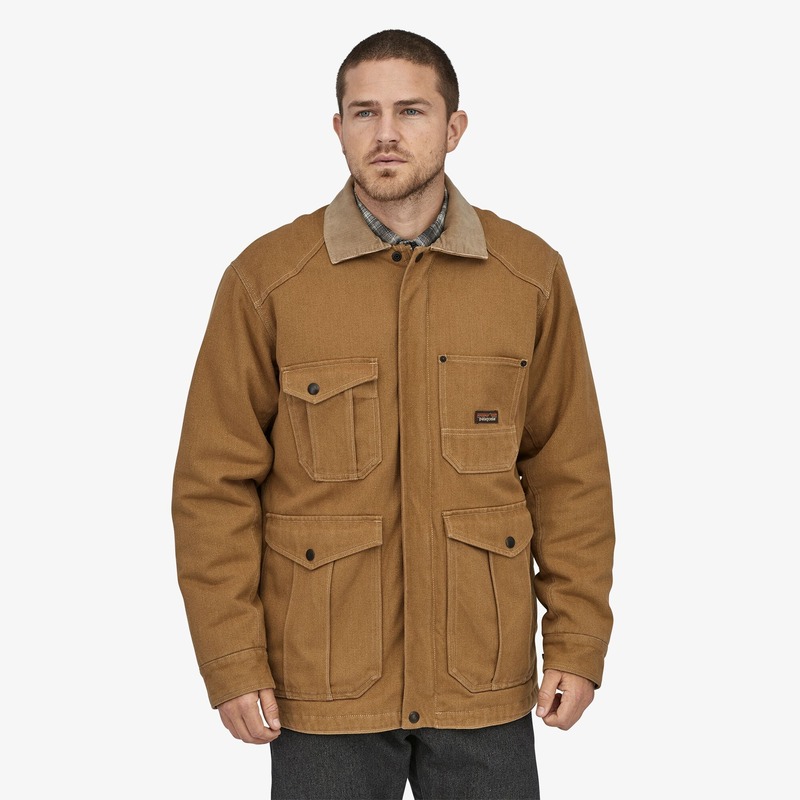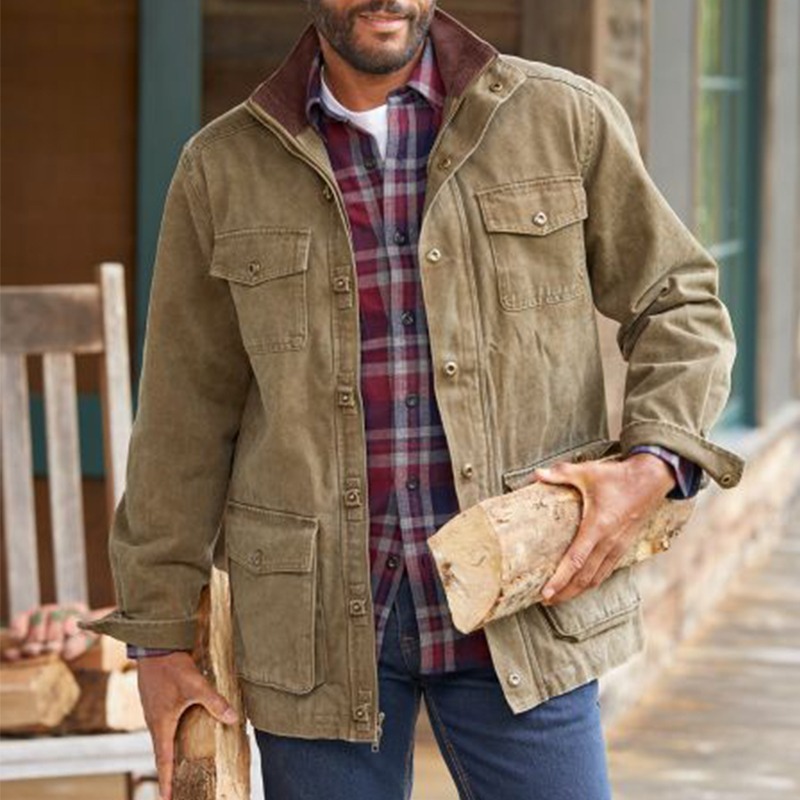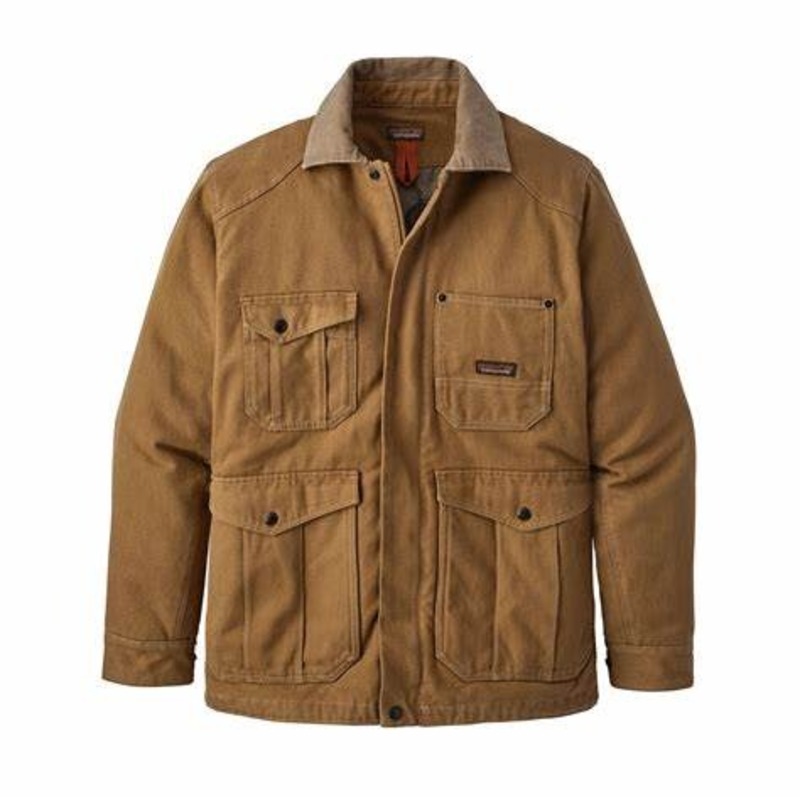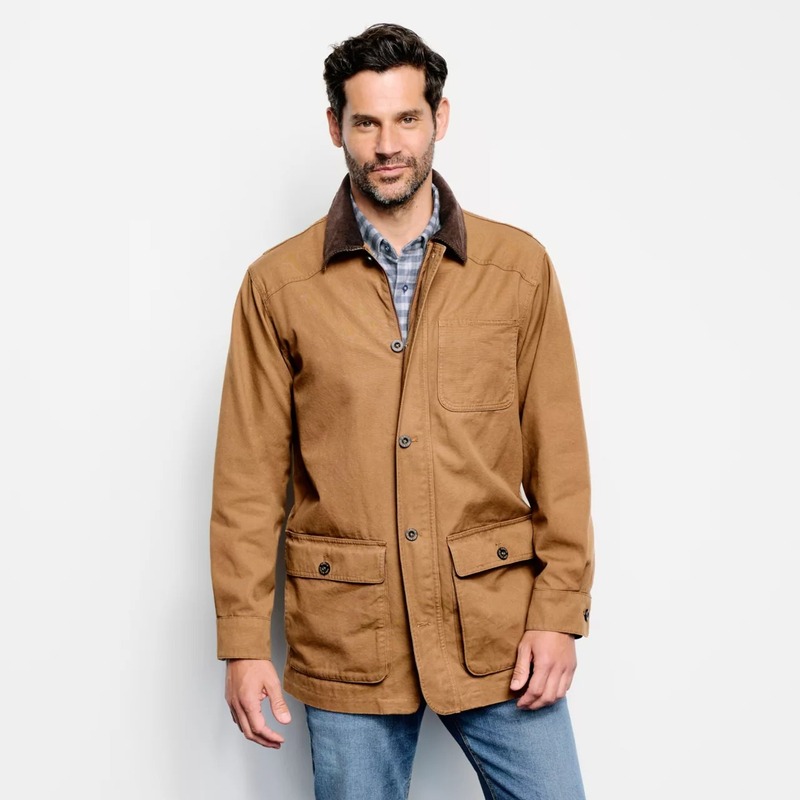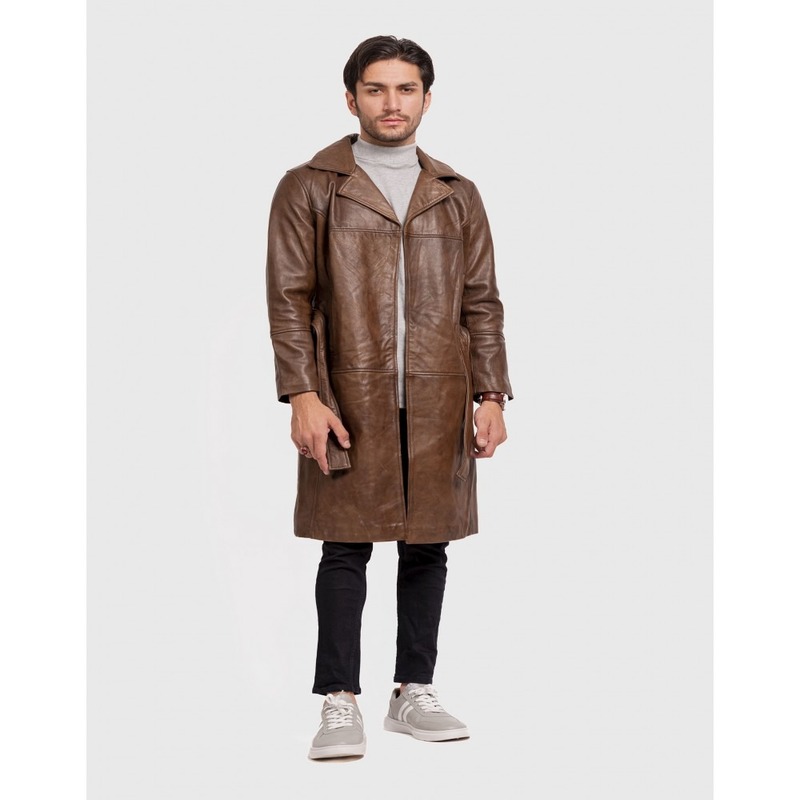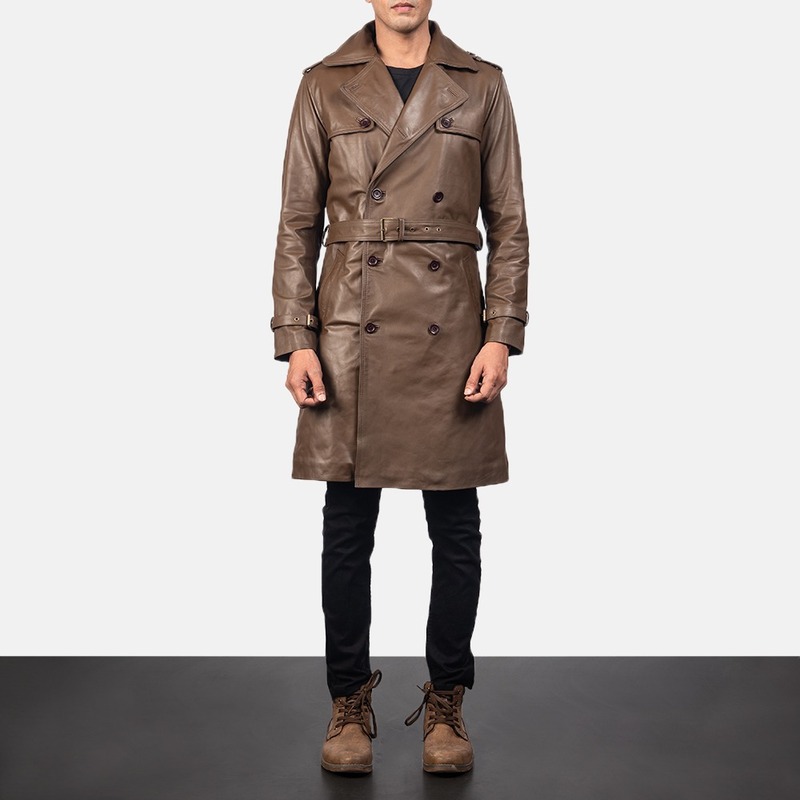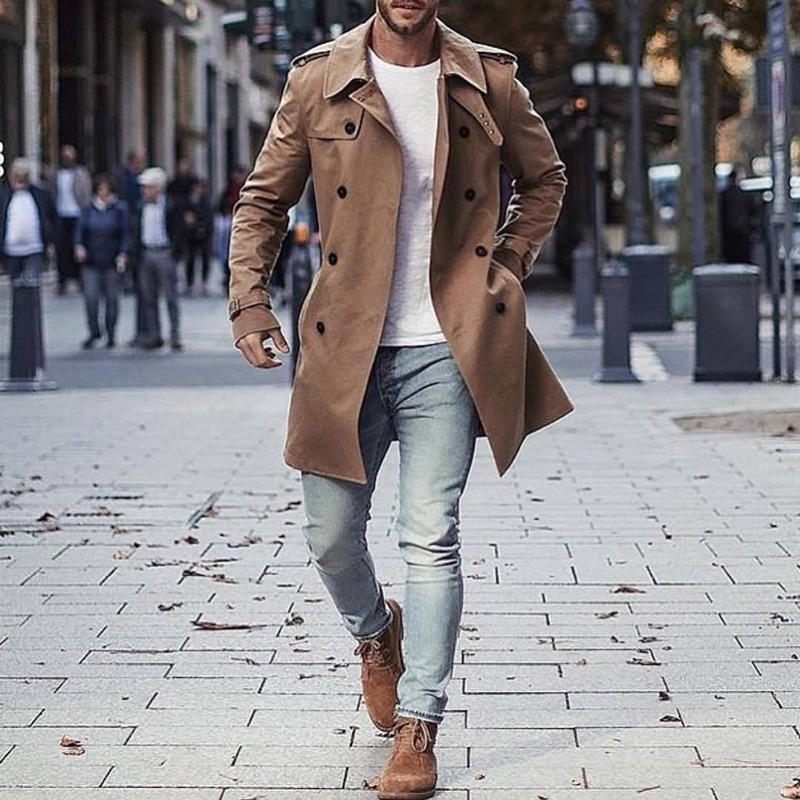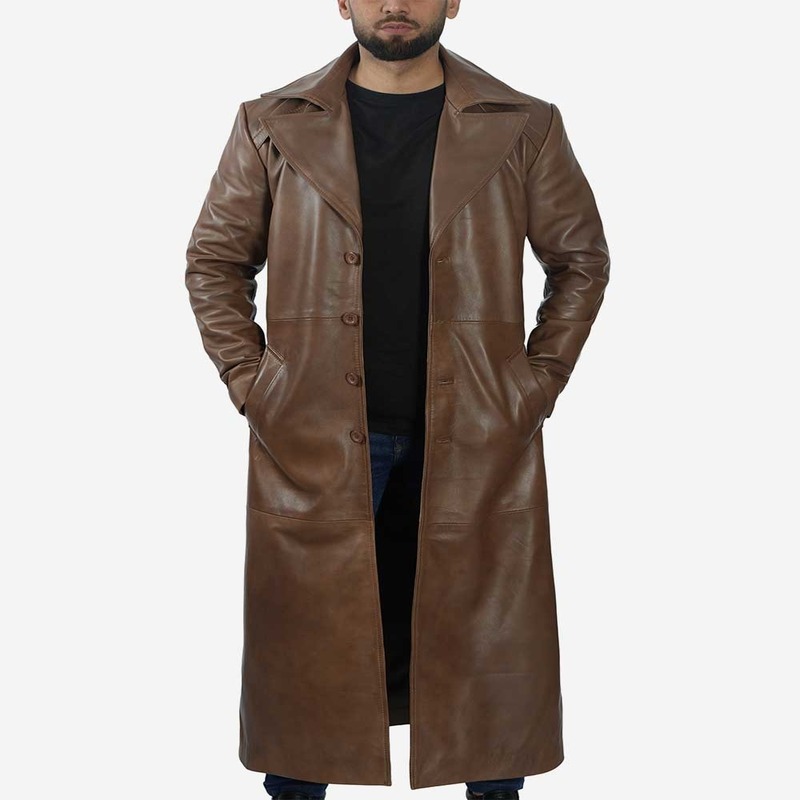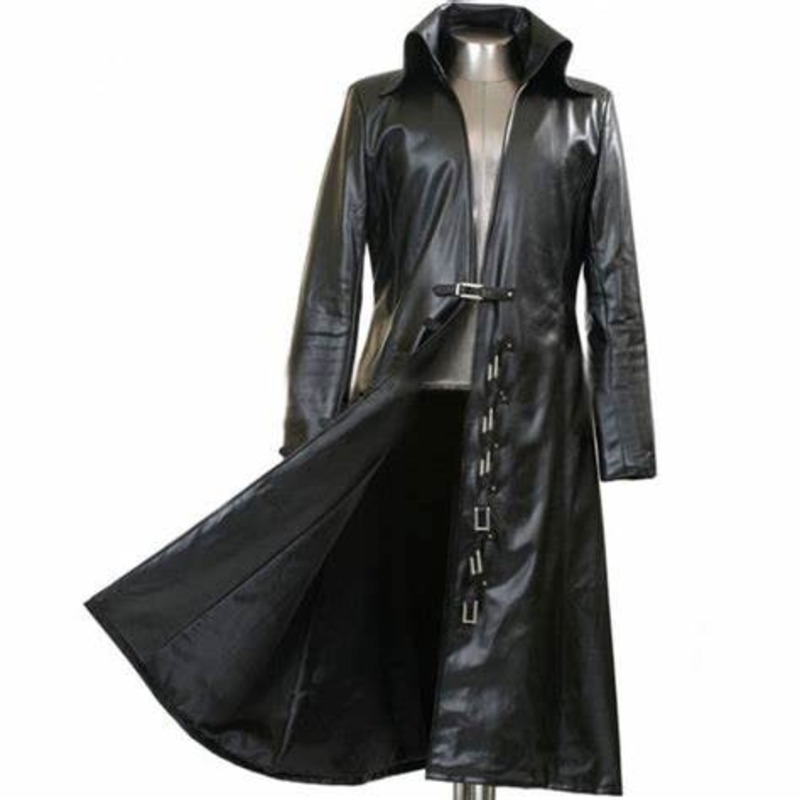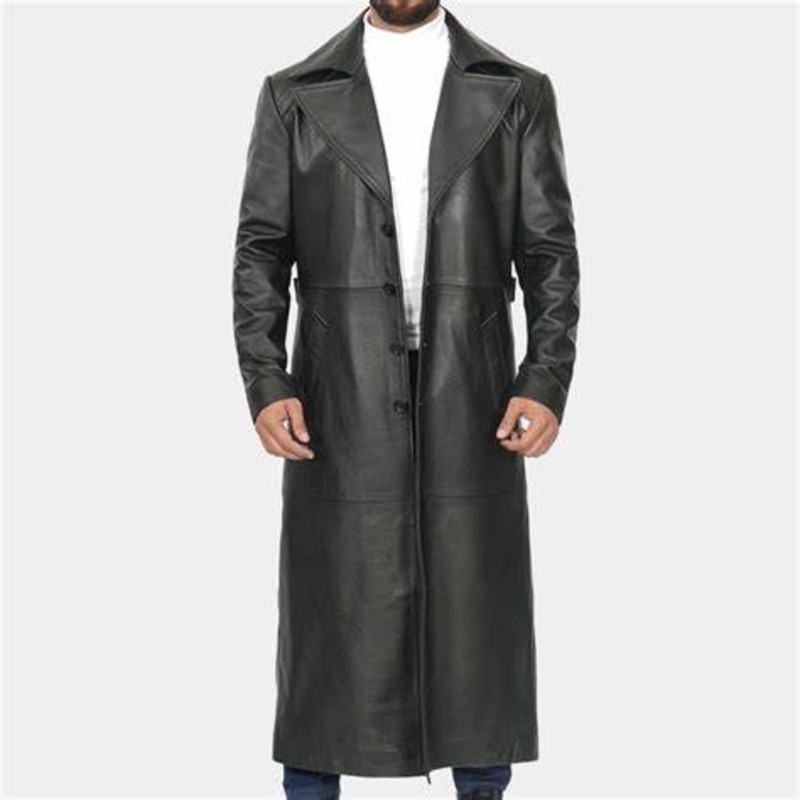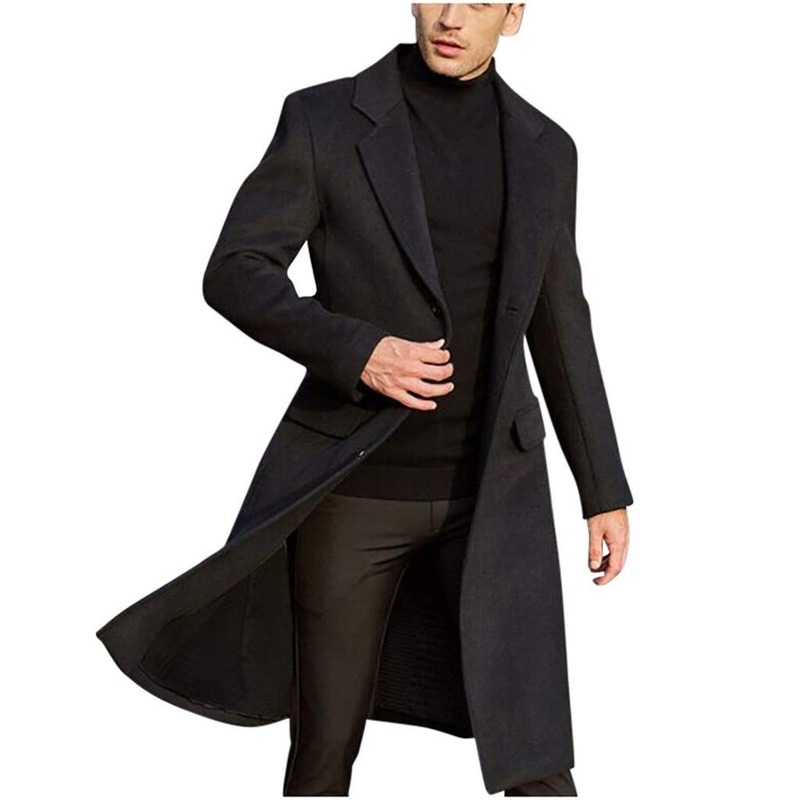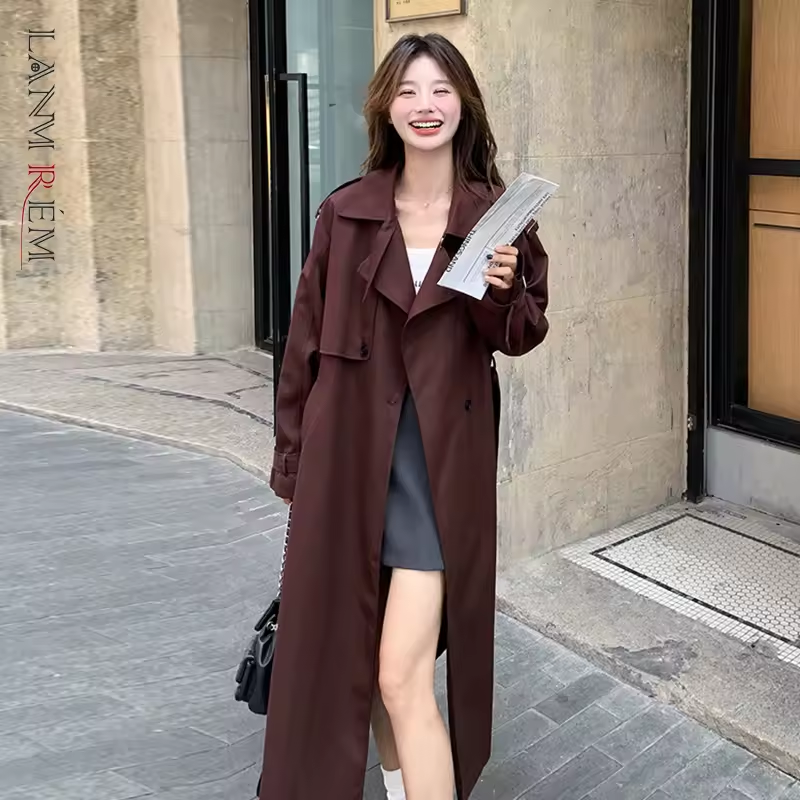
The History of the Trench Coat
The trench coat, a timeless wardrobe staple, began as a military garment. Its design catered to the needs of soldiers during the World War I era. Built for functionality, it featured durable materials and a weather-resistant structure. The trench coat, initially in a khaki hue, became iconic in its style and utility. As the coat transitioned into civilian life, it retained its classic features. Designers started experimenting with colors, and the red trench coat emerged as a bold fashion statement. This vibrant twist on the traditional coat opened doors to a myriad of styling possibilities.
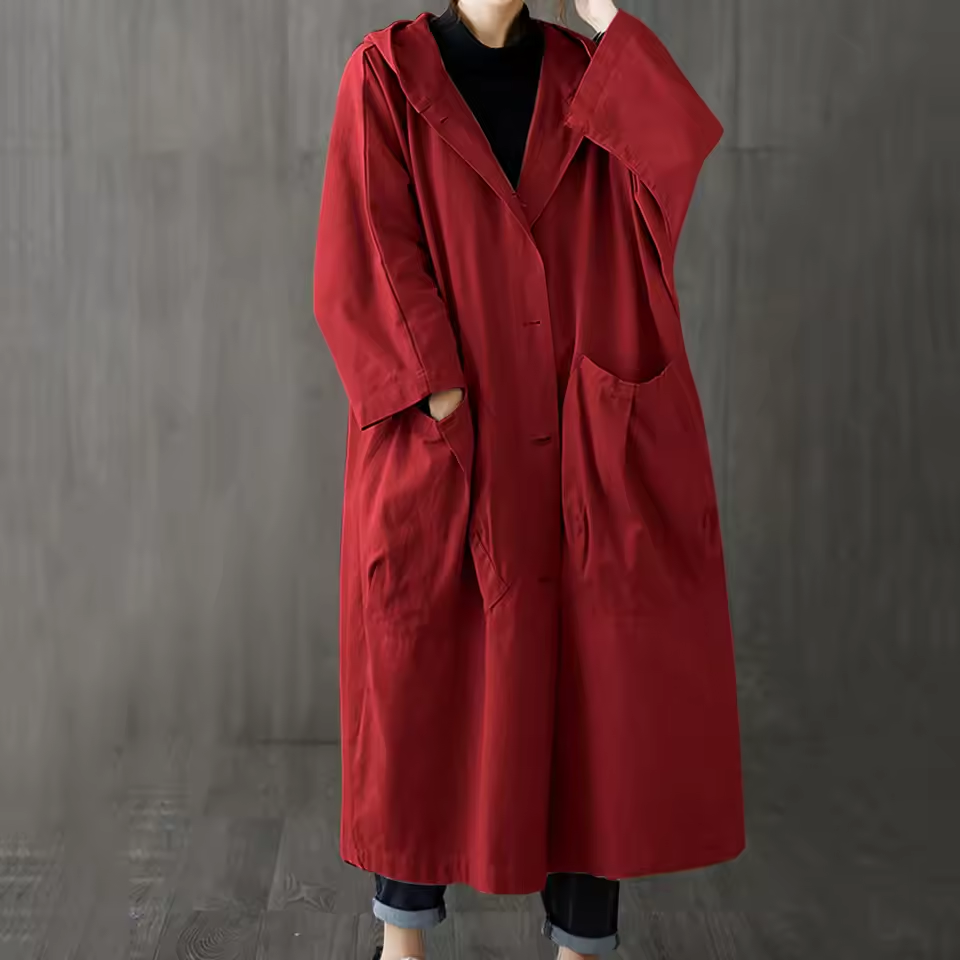
The red trench coat specifically gained popularity for its striking visual impact. It combined the trench coat’s heritage of resilience with a modern, confident aesthetic. Over the decades, this coat variation has graced runways, streets, and silver screens alike. Its adaptability to trends while preserving its original essence made it beloved by fashion enthusiasts. To grasp why the red trench coat remains a beloved choice, one must acknowledge its military origins and its ascendancy in fashion circles. It is a tribute to the past, yet an evergreen choice for the present.
Reasons to Choose a Red Trench Coat
Selecting a red trench coat is more than a fashion choice; it’s a statement. There are several compelling reasons to opt for this bold outerwear, and here are a few to consider:
- Visual Appeal: A red trench coat makes an immediate impact. It stands out in a sea of neutral tones. This pop of color captures attention and exudes confidence.
- Versatility: Despite its striking color, a red trench coat is surprisingly versatile. It can complement a wide range of outfits, from casual jeans to formal attire. It adds a dash of color to any look.
- Year-Round Use: A trench coat’s design suits various weather conditions. The red color can cheer up dreary autumn days or brighten a spring morning.
- Timeless Fashion: Just like its classic counterpart, the red trench coat is timeless. The trench coat never falls out of fashion, and red continues to be a symbolic color of passion and energy.
- Expressing Personality: Wearing a red trench coat allows one to showcase their personality. It tells the world you’re bold and aren’t afraid to make a statement.
By choosing a red trench coat, you embrace a piece of history with a modern twist. It’s a garment that ensures you’ll be remembered long after you’ve left the room.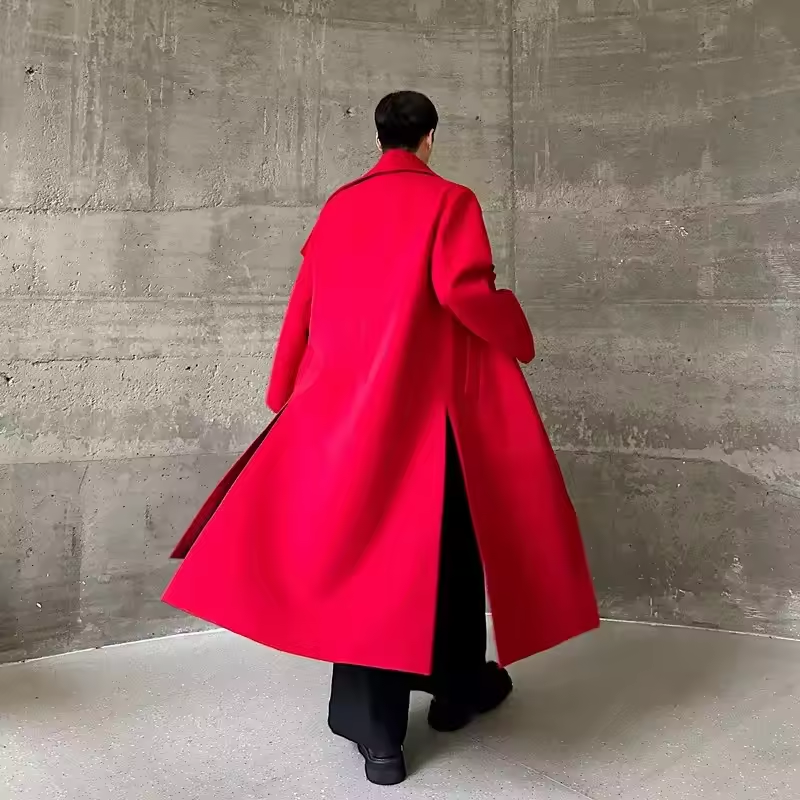
Selecting the Right Red Trench Coat for Your Body Type
Choosing the right red trench coat for your body type is key. Here’s how to pick the perfect fit:
- Petite Figures: Look for cropped or mid-length coats. These styles won’t overwhelm your frame.
- Tall Frames: Opt for long coats to highlight your height. Ensure the coat hits just above the ankle.
- Curvy Shapes: Seek belts or cinched waists. They create a flattering silhouette.
- Plus Size: Go for straight-cut coats. They offer a sleek look without adding bulk.
- Broad Shoulders: Choose raglan sleeves for comfort. They provide ease of movement.
- Narrow Hips: Consider coats with flared bottoms. They balance out proportions.
Remember, the coat should button comfortably without pulling across the chest or hips. Look for styles that align with your personal fashion sense while highlighting your best features.
How to Style a Red Trench Coat
When it comes to styling a red trench coat, creativity is key. Here are some tips for crafting outfits that make this bold piece pop:
- For a Casual Look: Pair your red trench coat with jeans and a simple tee. Add sneakers for comfort and style.
- Work-Ready Ensemble: Combine the coat with a black pencil skirt and a white blouse. Choose heels for a polished finish.
- Evening Out: Layer over a little black dress. Use heels or flats that complement the look.
- Edgy Vibe: Match the coat with leather pants and combat boots. Use dark accessories to round out the outfit.
Mix and match with patterns and textures for added interest. Stripes, plaids, and animal prints can work well with a red trench coat. Just ensure the coat remains the focal point.
Strike balance in your outfit. If your coat is bright, keep other items muted. If the coat has a matte finish, shiny or metallic elements can add intrigue.
Lastly, don’t forget to accessorize. Belts, scarves, and hats can all enhance the look of your red trench coat. Pick items that add flair without overwhelming the coat’s statement.
Remember, confidence is your best accessory. Wear your red trench coat with pride and own the boldness it brings to any outfit.
Occasions to Rock a Red Coat
A red trench coat is not just another piece in your wardrobe; it’s a statement piece that can adapt to numerous occasions. Whether heading to a casual brunch or a formal event, the versatility of this coat is undeniable. Here are some occasions where a red coat can truly shine:
- At the Office: Swap your regular blazer for a red coat over smart office attire for a bold, professional look.
- Weekend Outings: Combine it with jeans and a comfy top for a relaxed yet chic weekend vibe.
- Evening Events: Drape it over an elegant dress for a night out, and you’re sure to turn heads.
- Artistic Settings: Attending an art gallery or a theater show? The red trench coat fits right in with a creative crowd.
- Travel: Perfect for travel, it protects you from the elements and adds flair to your travel photos.
- Holidays: A red coat can be a festive touch for holiday gatherings or shopping trips.
Beyond these specific occasions, remember that confidence is key when wearing something as bold as a red coat. It’s a versatile piece that, when styled right, provides a show-stopping addition to any ensemble. Embrace the vibrant color and the distinctive flair of the red coat and watch as it elevates your style quotient on any occasion.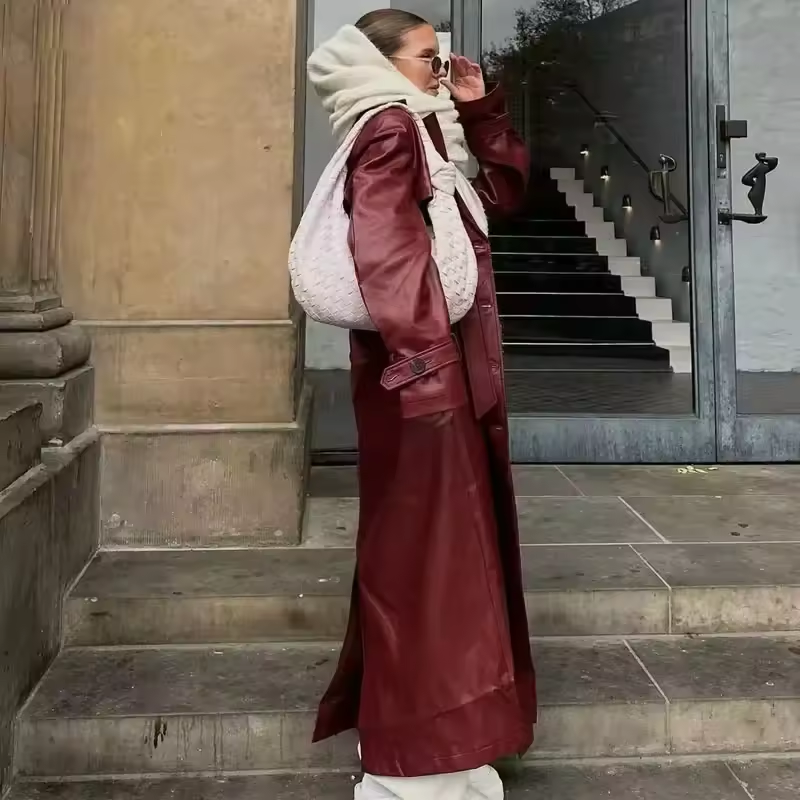
Caring for Your Red Trench Coat
Proper care will keep your red trench coat looking sharp for years. Here are some tips:
- Read the Label: Always check care instructions on the coat’s label.
- Spot Cleaning: Use a gentle cloth to dab away any spots or stains.
- Washing: Hand wash or use a gentle cycle if machine washing is allowed.
- Drying: Hang the coat up to air dry. Avoid the dryer to prevent damage.
- Ironing: If the coat is wrinkle-prone, iron on a low heat setting. Use a cloth between the iron and the coat.
- Storage: Store it in a cool, dry place. Use a padded hanger to maintain shape.
- Seasonal Care: Refresh the coat with a professional clean before seasonal storage.
With these practices, your coat stays vibrant and durable. Ensure you treat it with care and it will continue to make a statement every time you wear it.
Famous Icons Who Embraced the Red Coat
The red coat has not only captured the streets and runways, but also the hearts of icons throughout history. Its vibrant hue has graced the silhouettes of many celebrities, imparting an unforgettable legacy on fashion culture. Their endorsement further cements the coat’s stature as a symbol of fearless style and glamour. Below, we pay homage to a few noteworthy figures who have helped define the red trench coat’s iconic status.
- Audrey Hepburn: Her timeless elegance included the red coat. It paired with her chic signature style effortlessly.
- Michael Jackson: The King of Pop often rocked a red coat. It matched his groundbreaking and bold performances.
- Jackie Kennedy: A fashion icon, she wore a red coat with grace. It suited her classic and sophisticated fashion sense.
- David Bowie: Known for his flamboyant style, a red coat was a natural fit. It complemented his daring persona.
- Emma Watson: She brought a modern take to the red coat. Her outfits showed how it could shine in a contemporary wardrobe.
These influential figures highlight the red trench coat’s range from timeless elegance to edgy pop culture. Wearing a red coat ties you to a lineage of fashion-forward individuals who knew how to make a statement. As you drape yourself in its rich color, take a moment to appreciate the legacy it carries and the confidence it inspires.

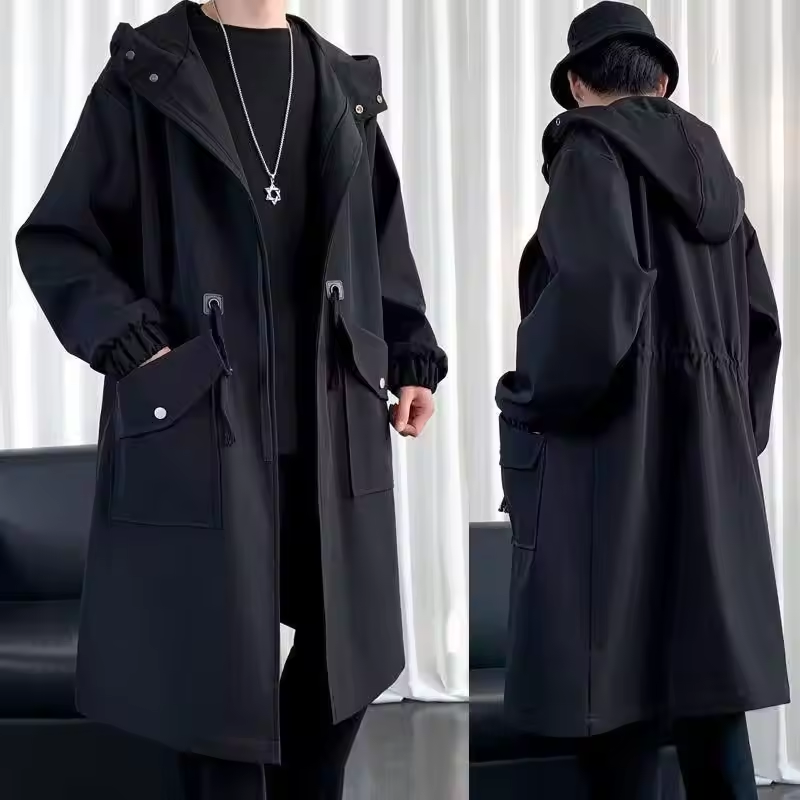
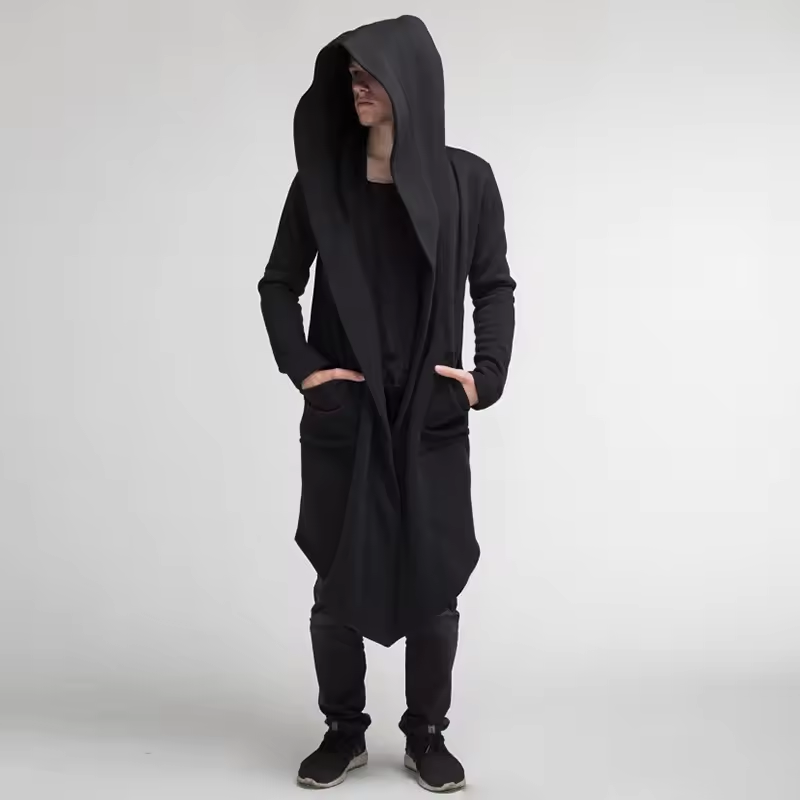
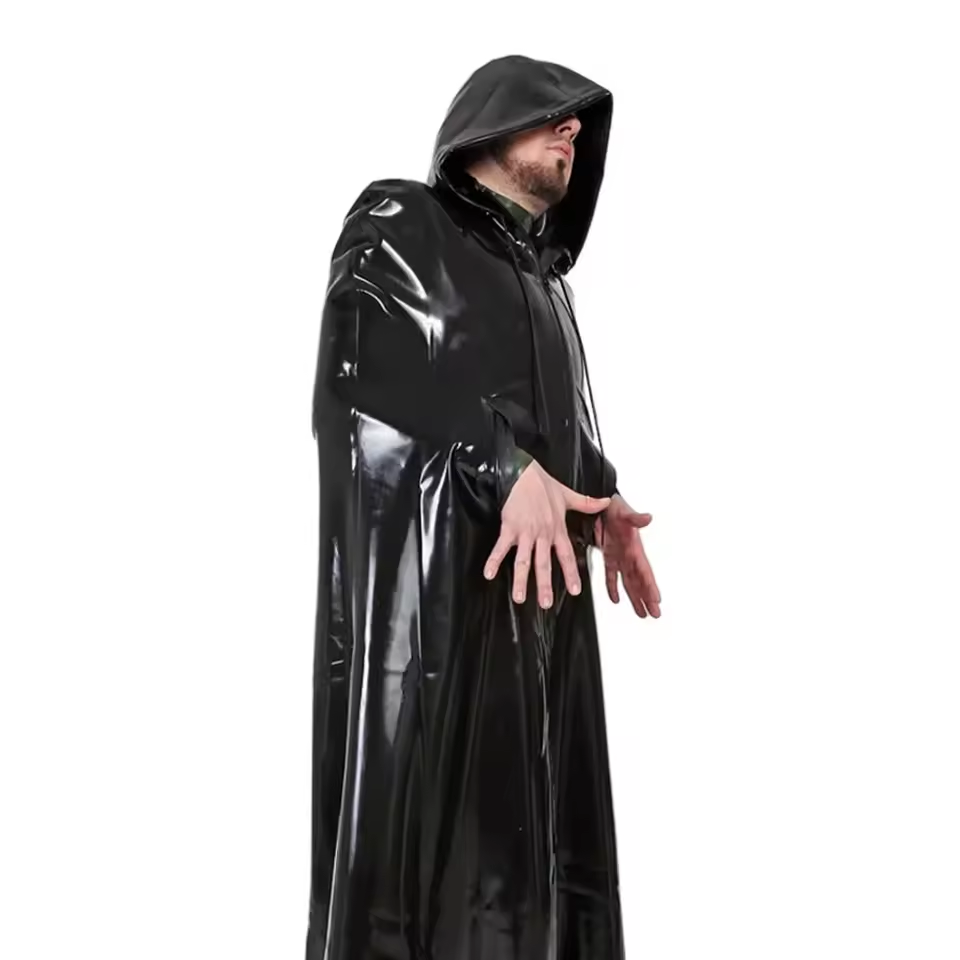
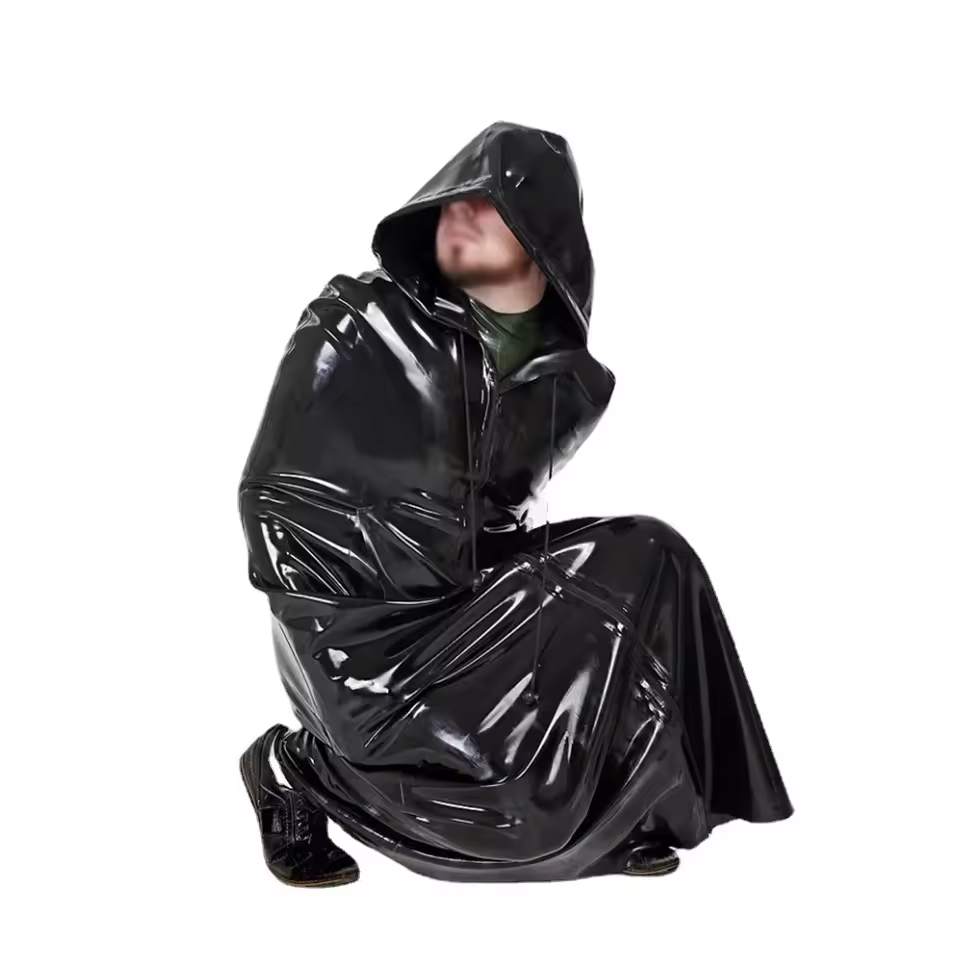
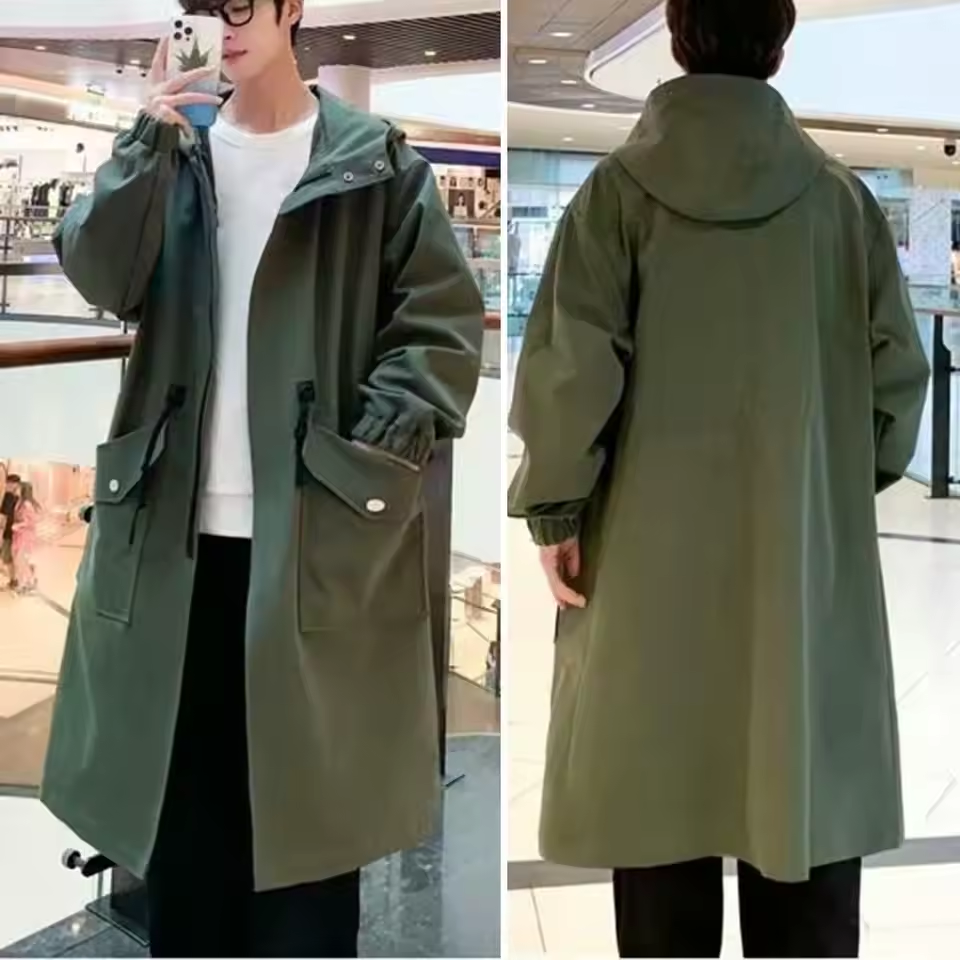
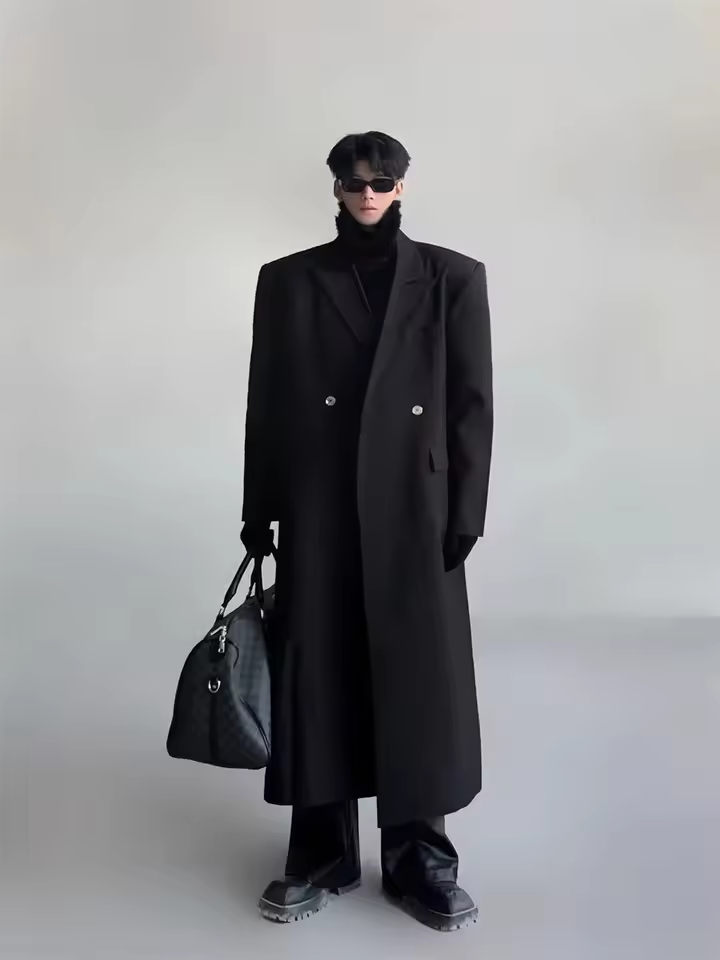

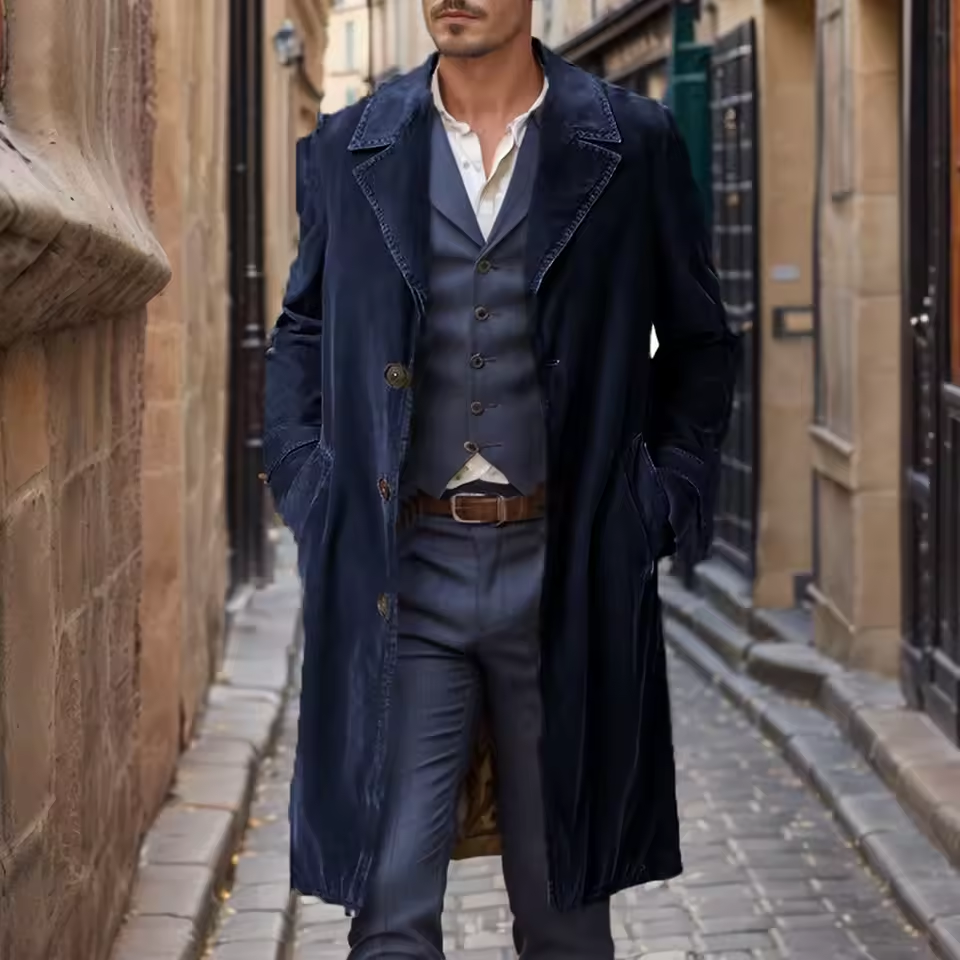
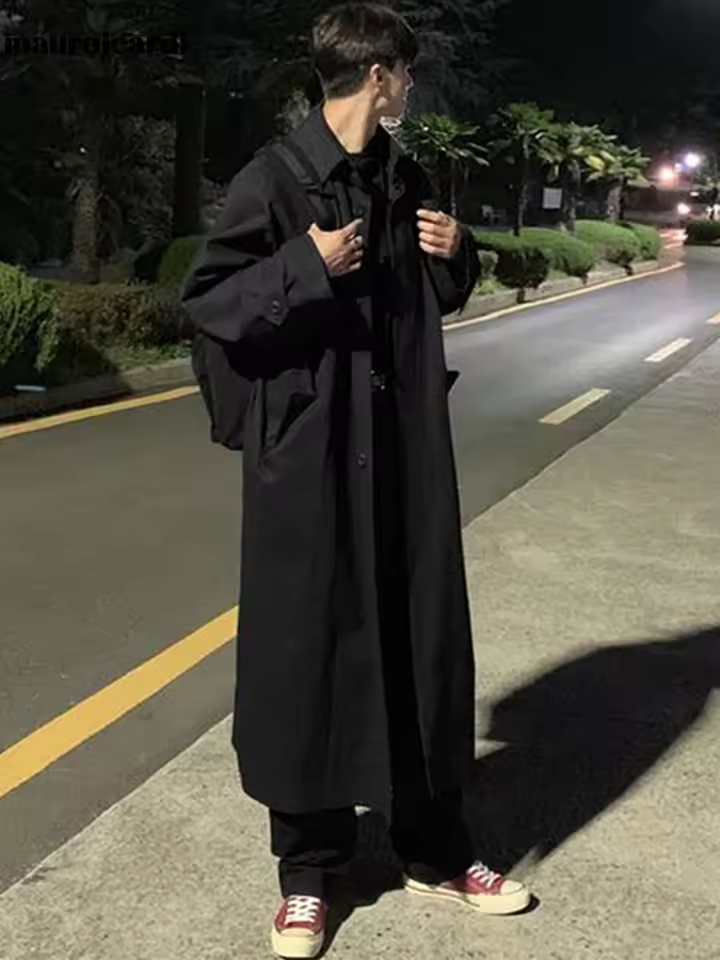
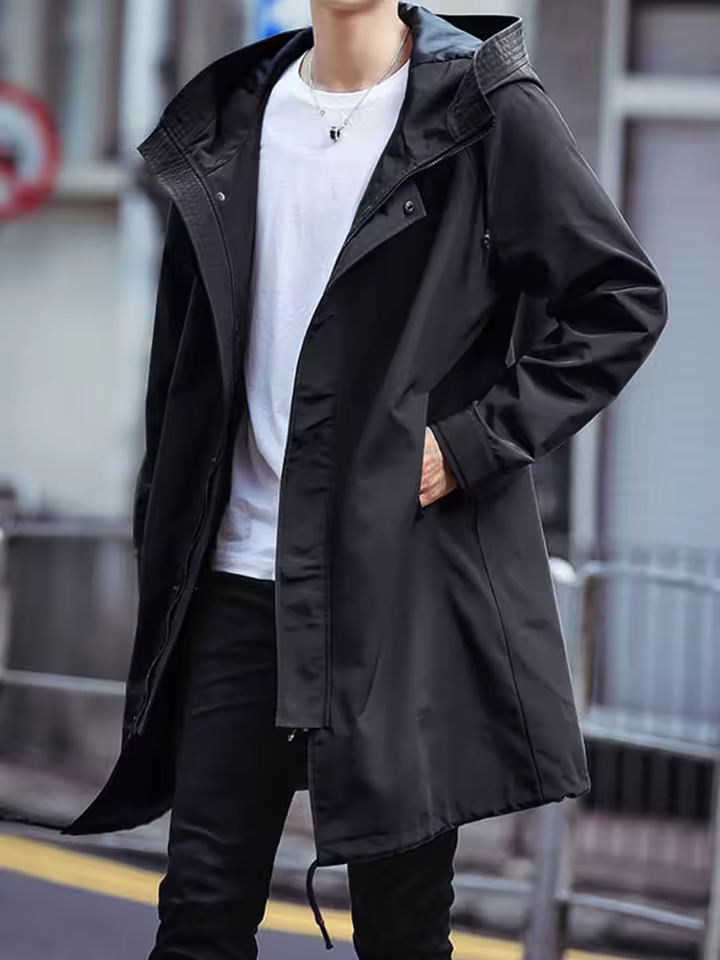
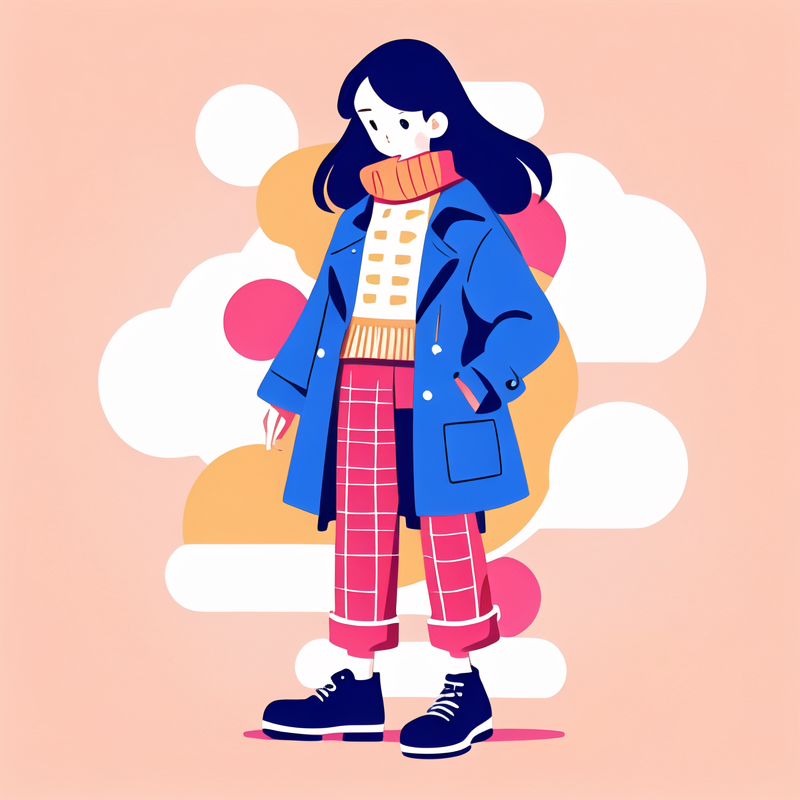
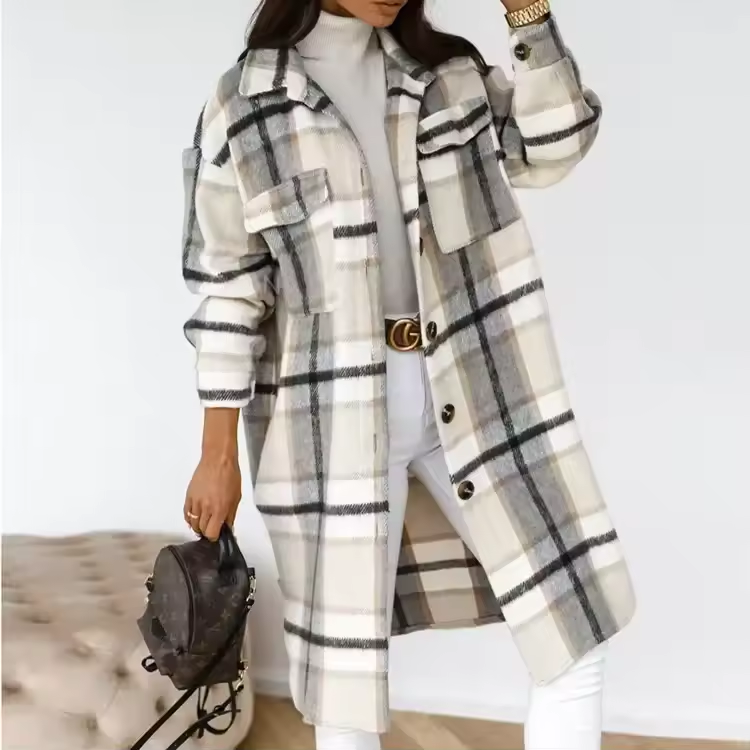
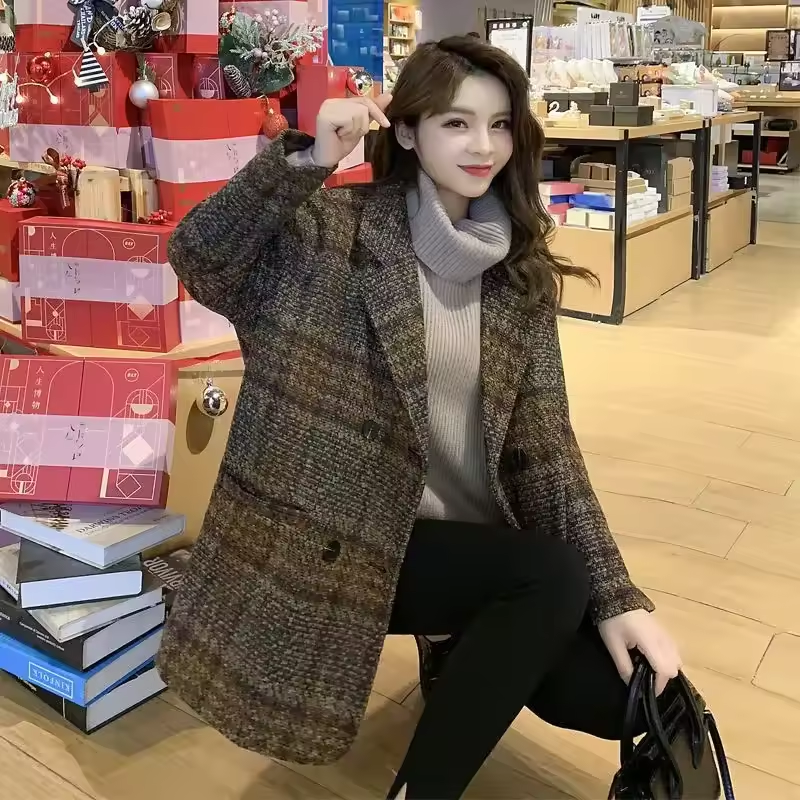
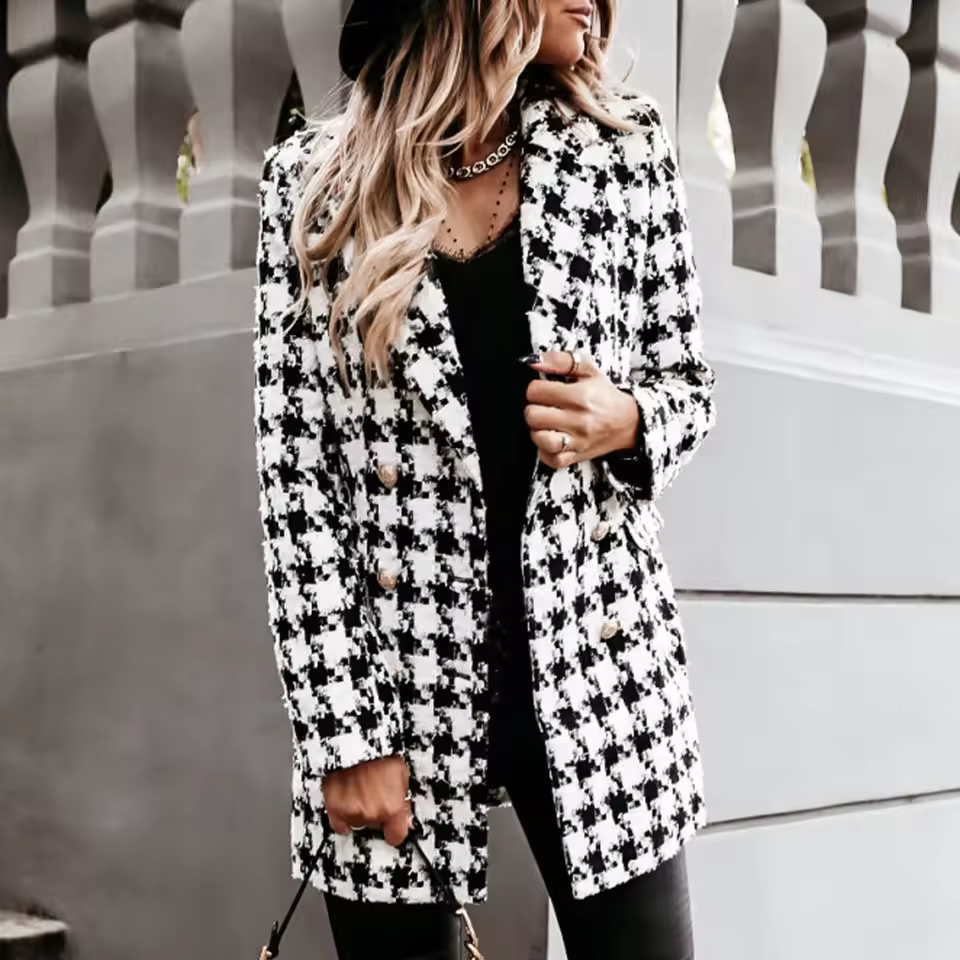
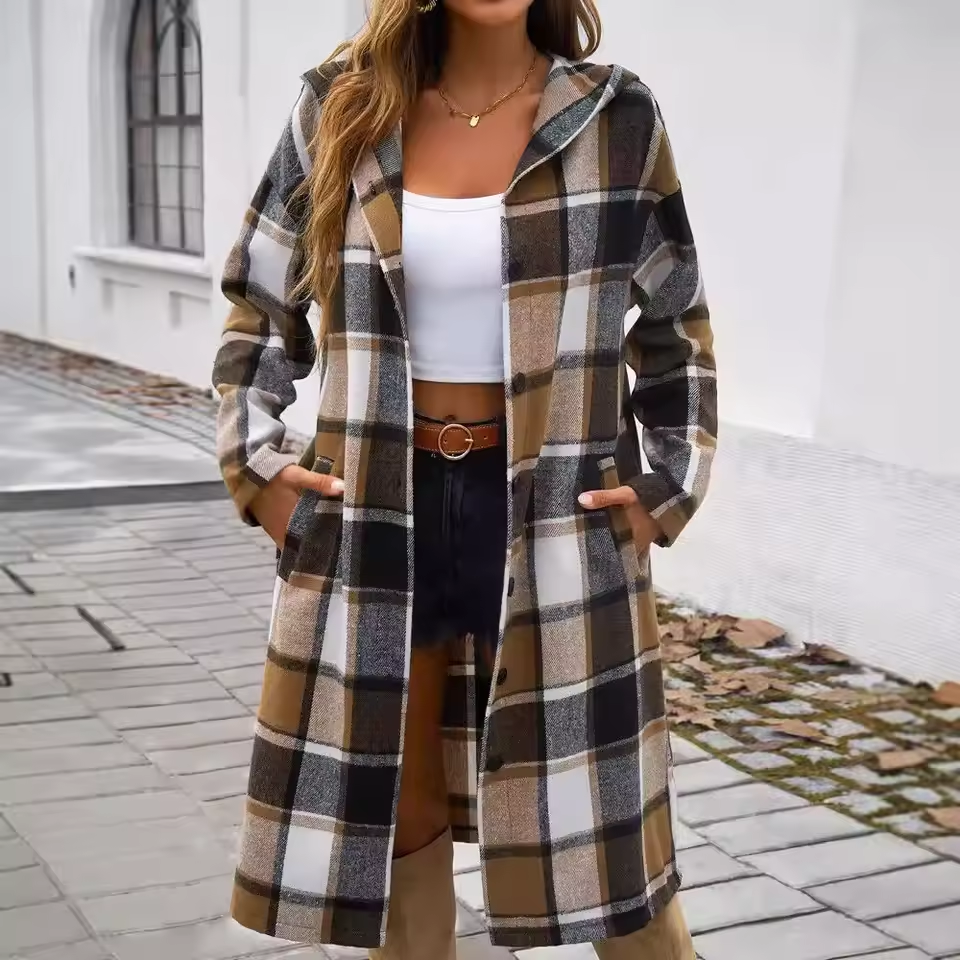
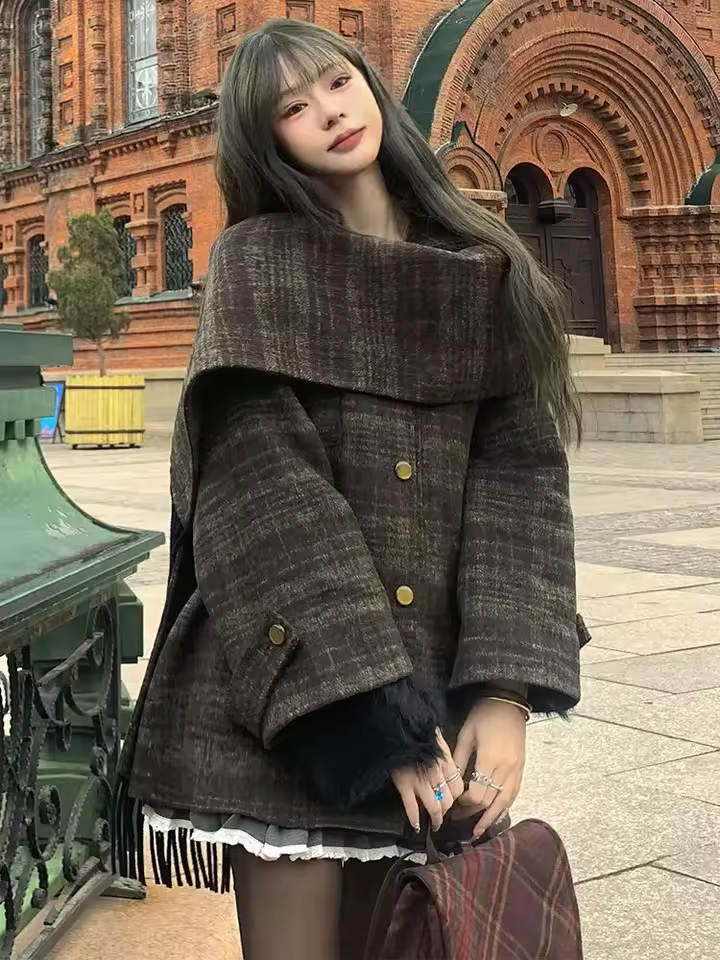

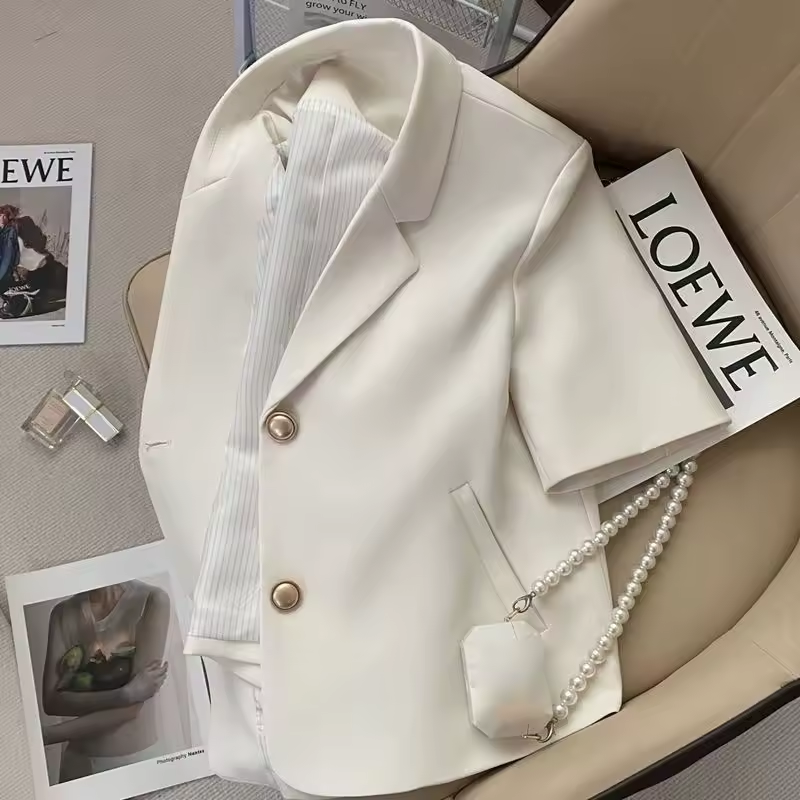
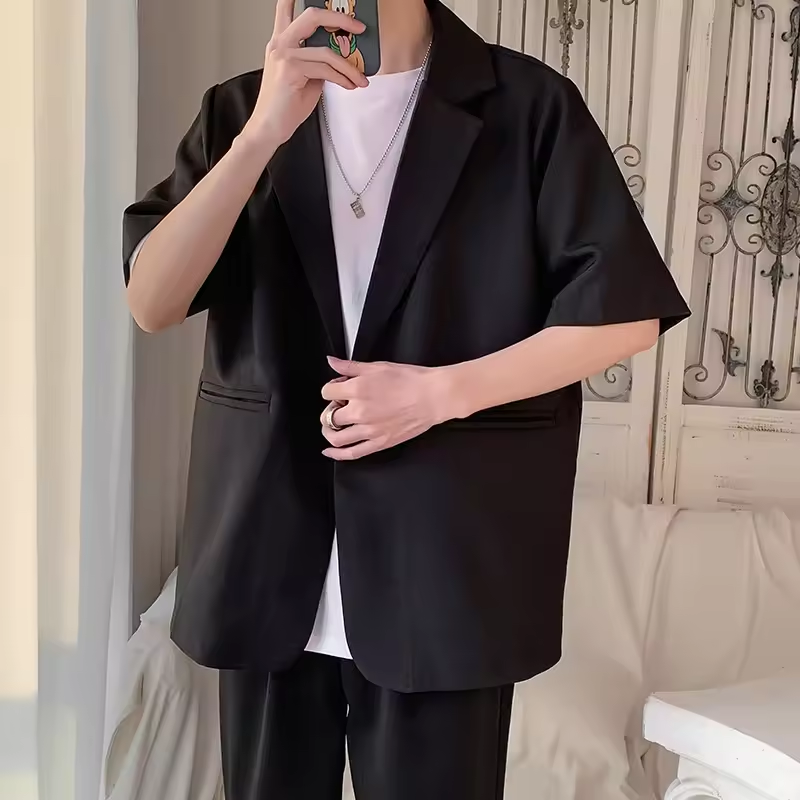
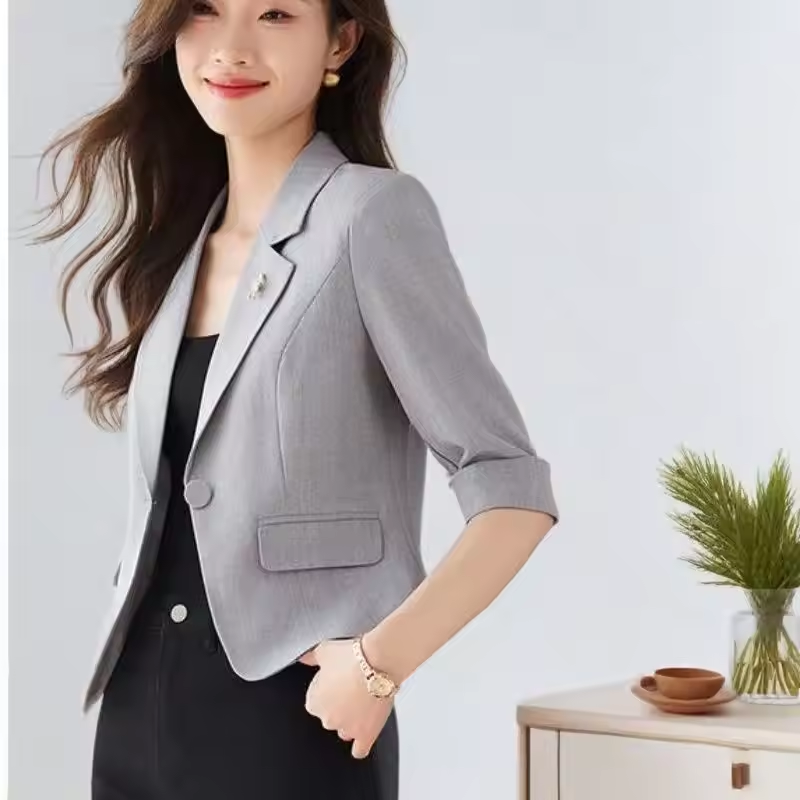
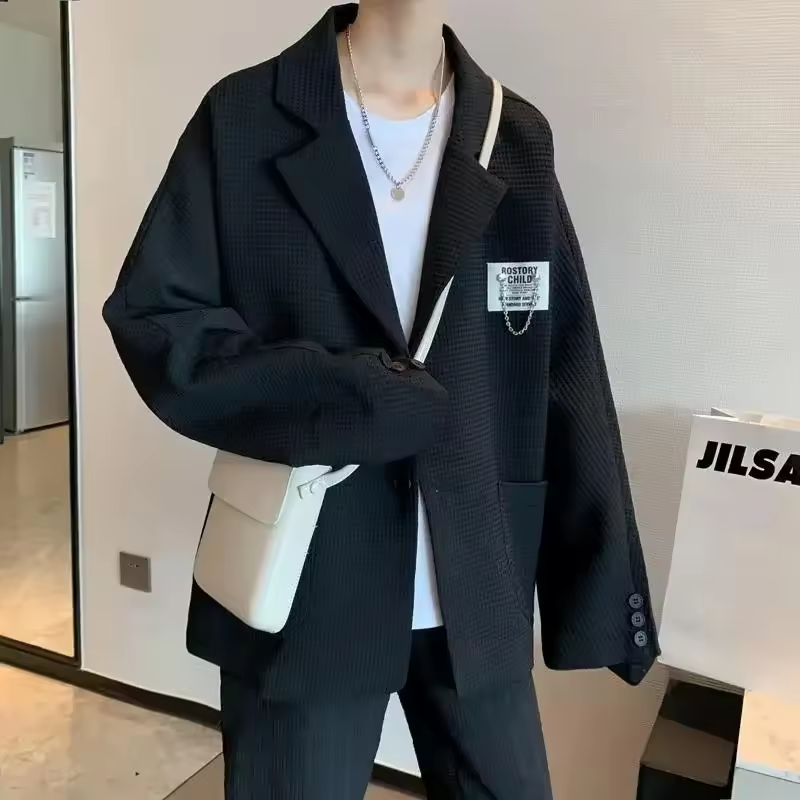

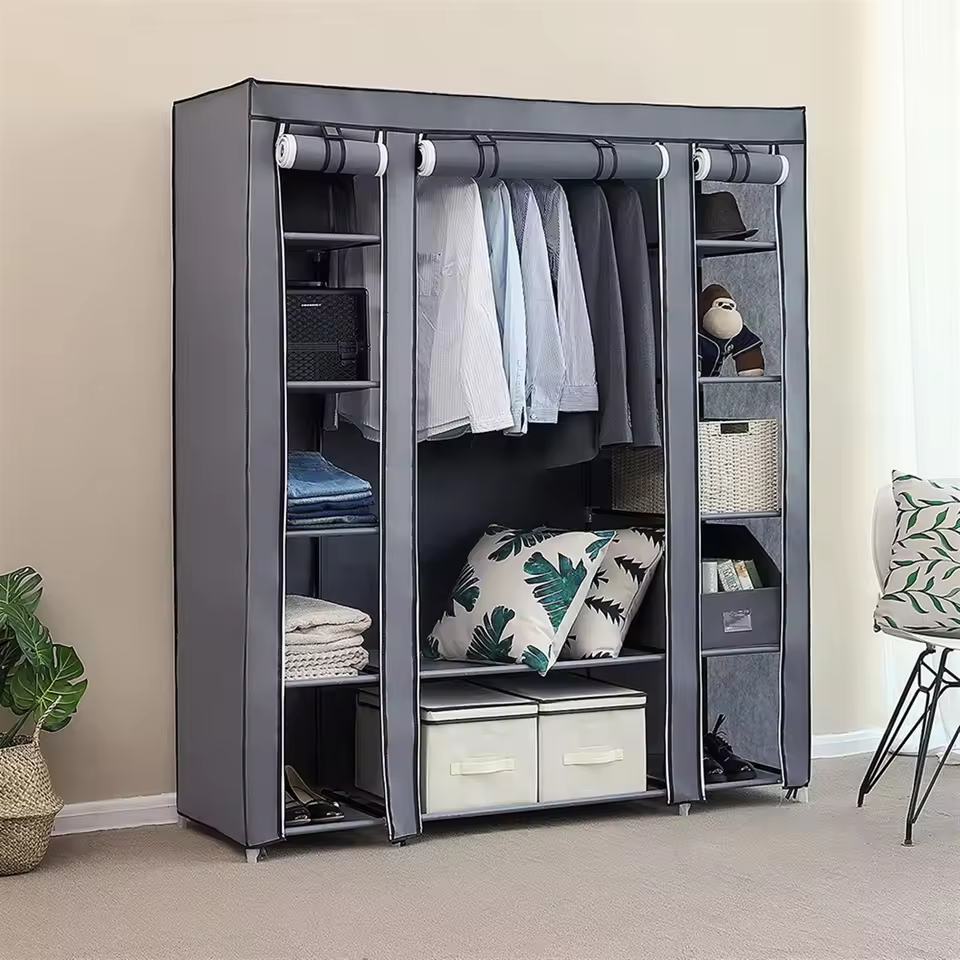
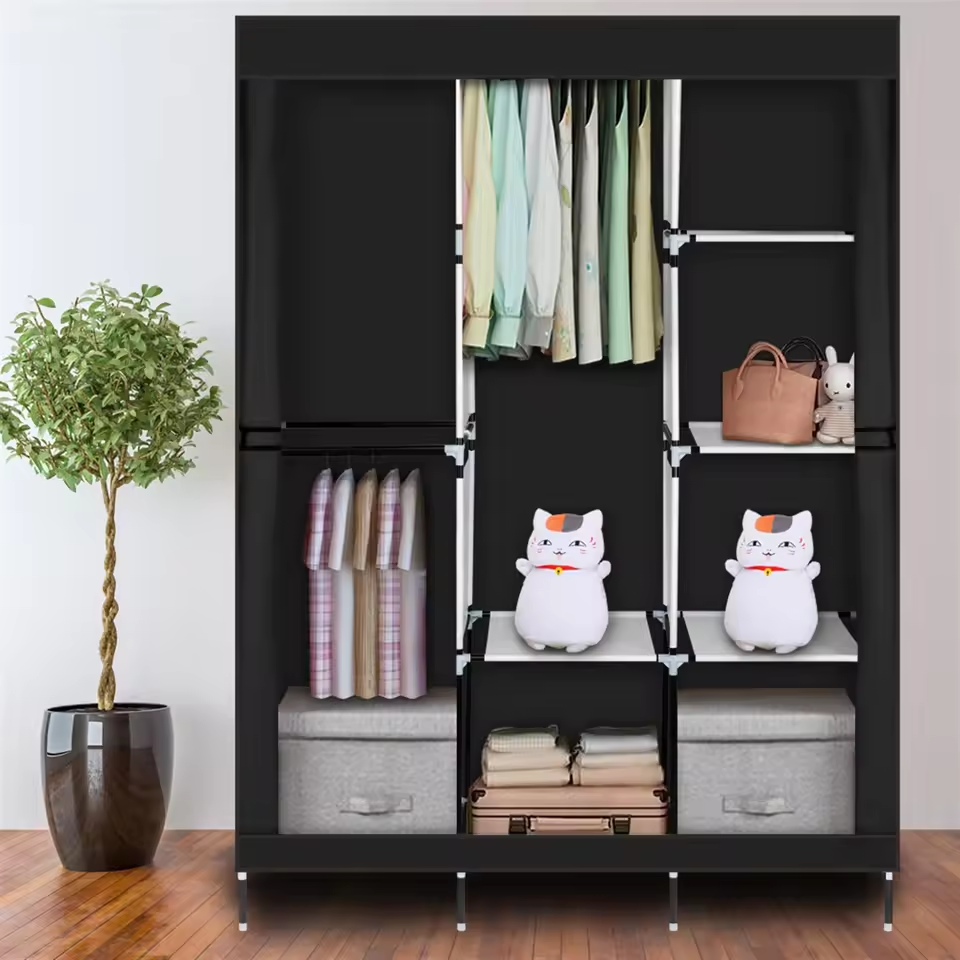
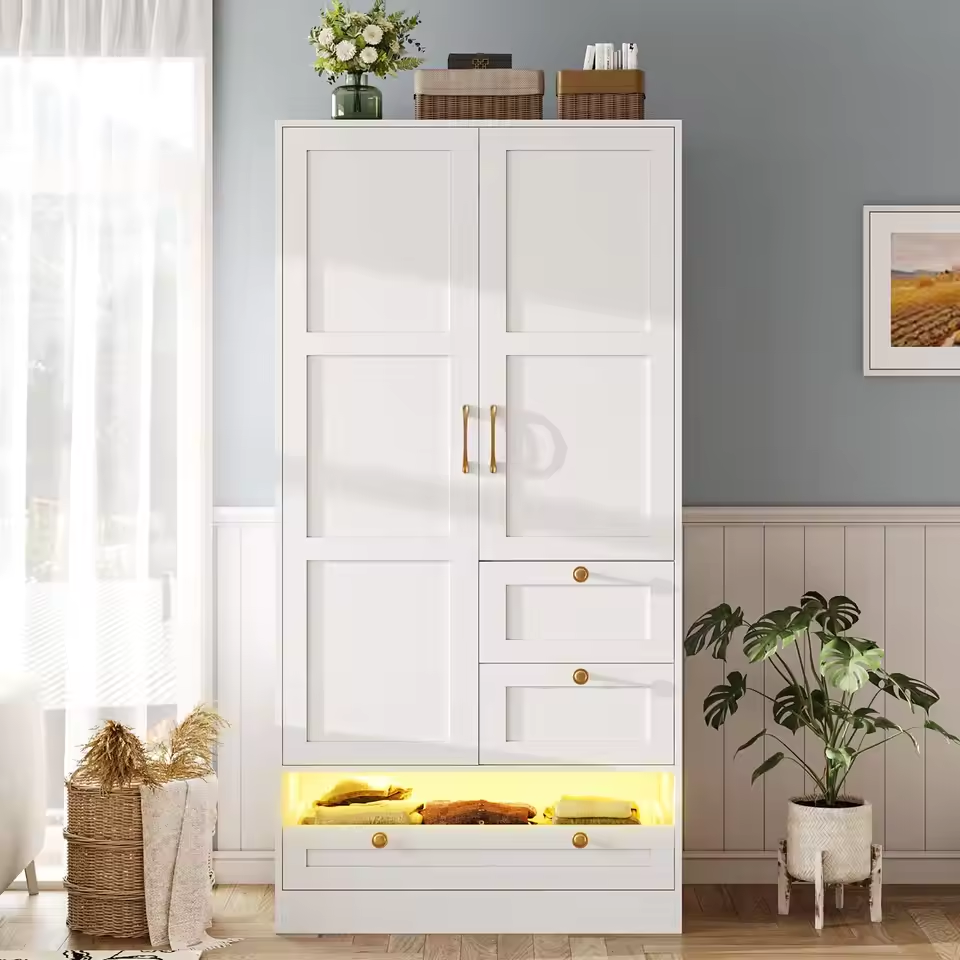 Innovative Storage Solutions for Small Coat Closets
Innovative Storage Solutions for Small Coat Closets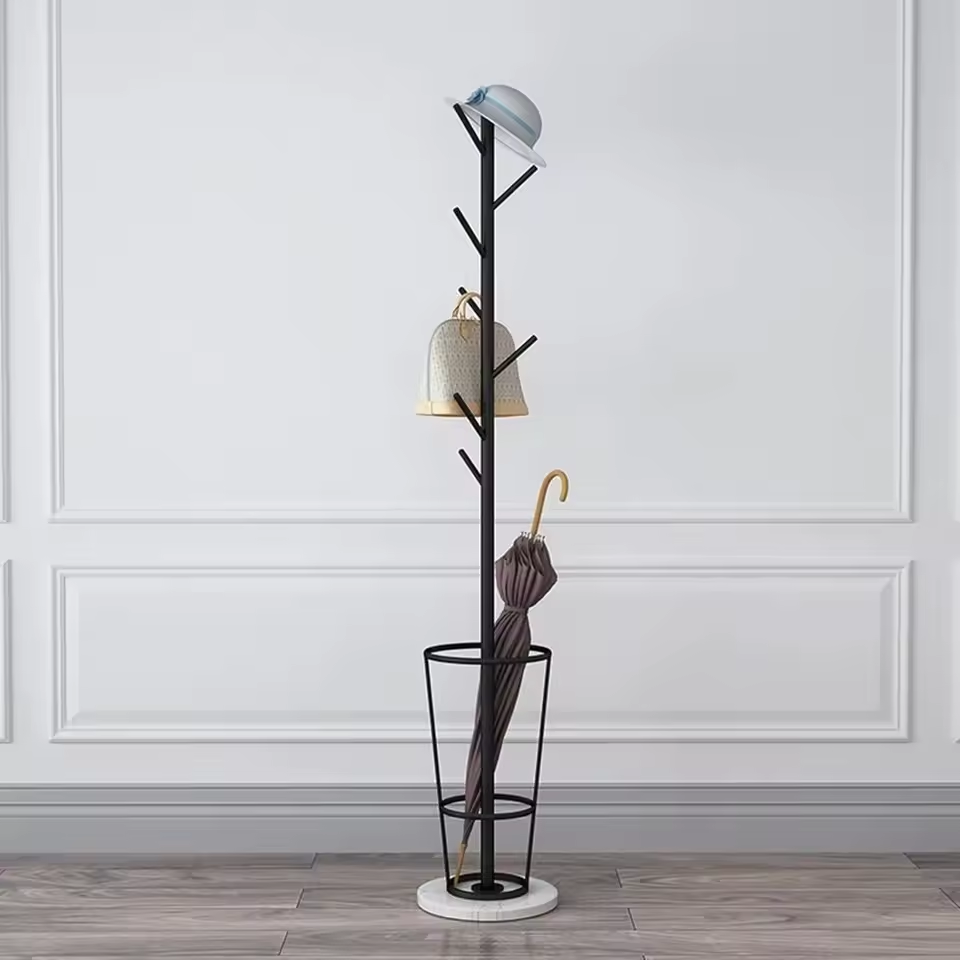 Conclusion: Enjoying the Benefits of a Well-Organized Coat Closet
Conclusion: Enjoying the Benefits of a Well-Organized Coat Closet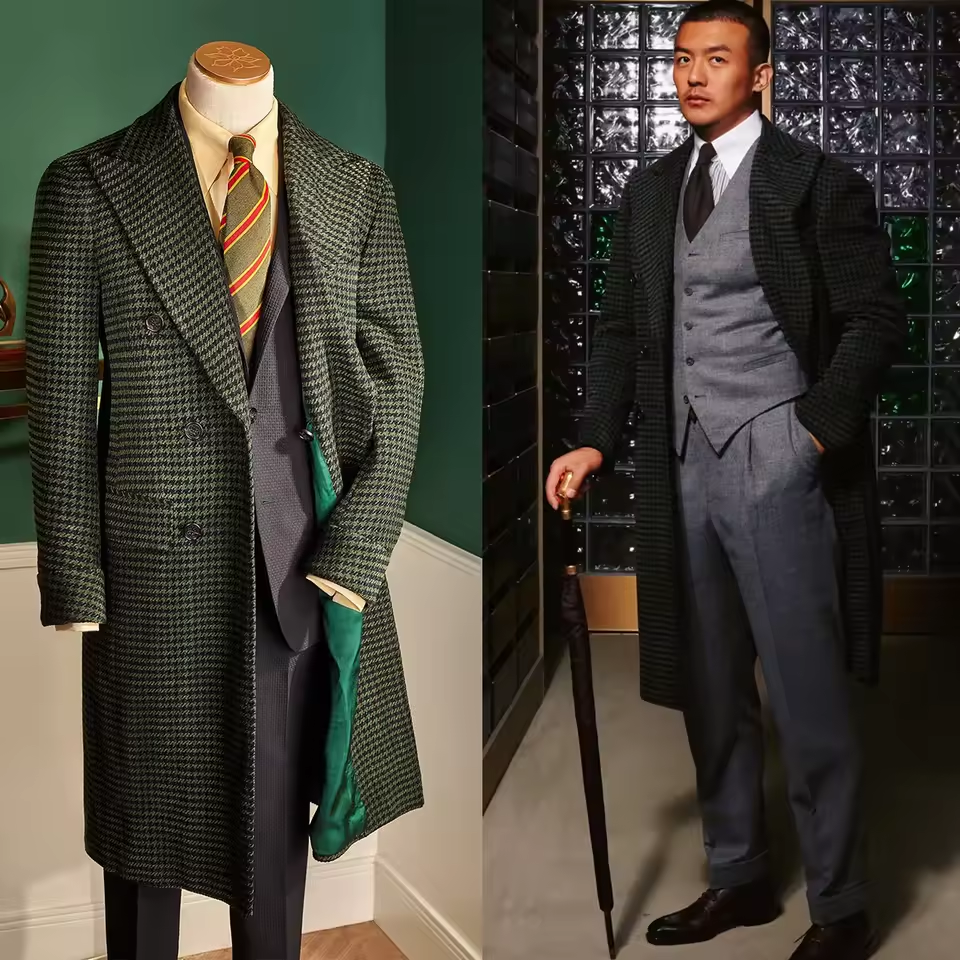
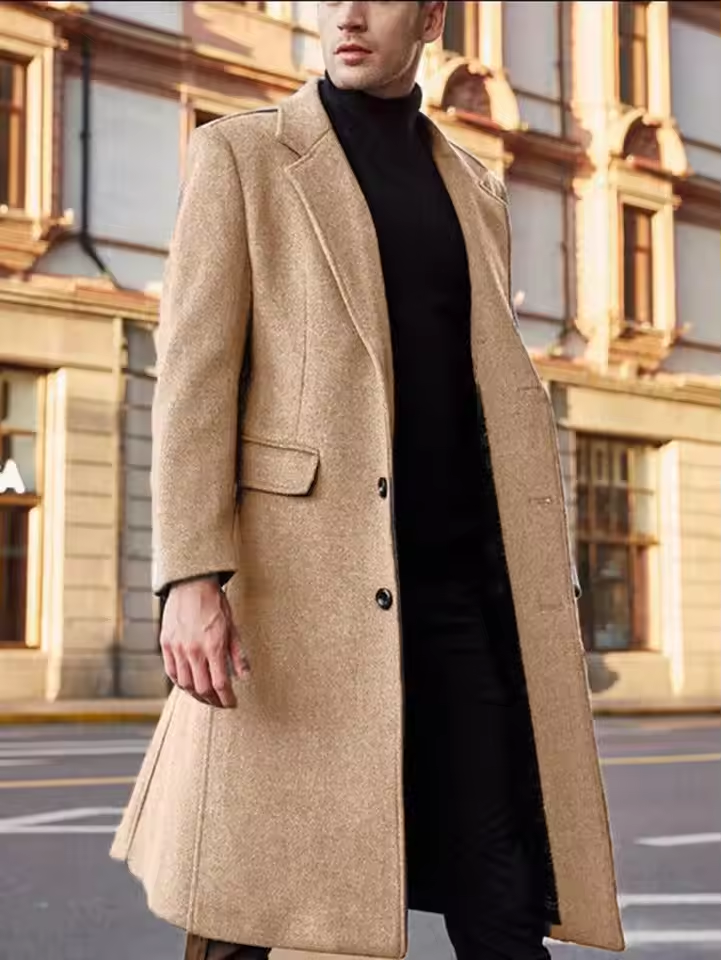
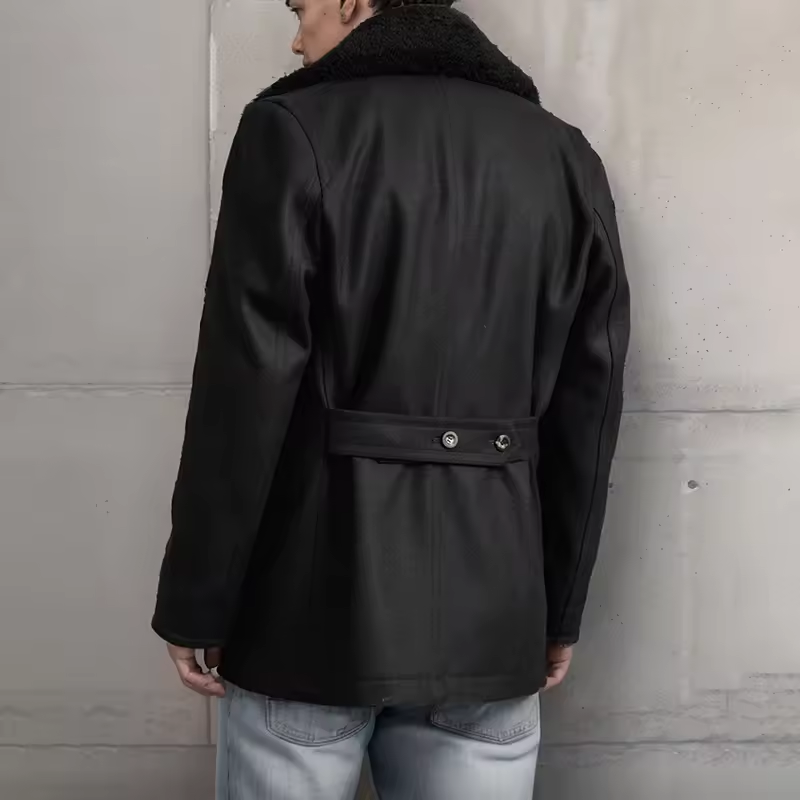 Classic and Modern Ways to Wear a Men’s Wool Coat
Classic and Modern Ways to Wear a Men’s Wool Coat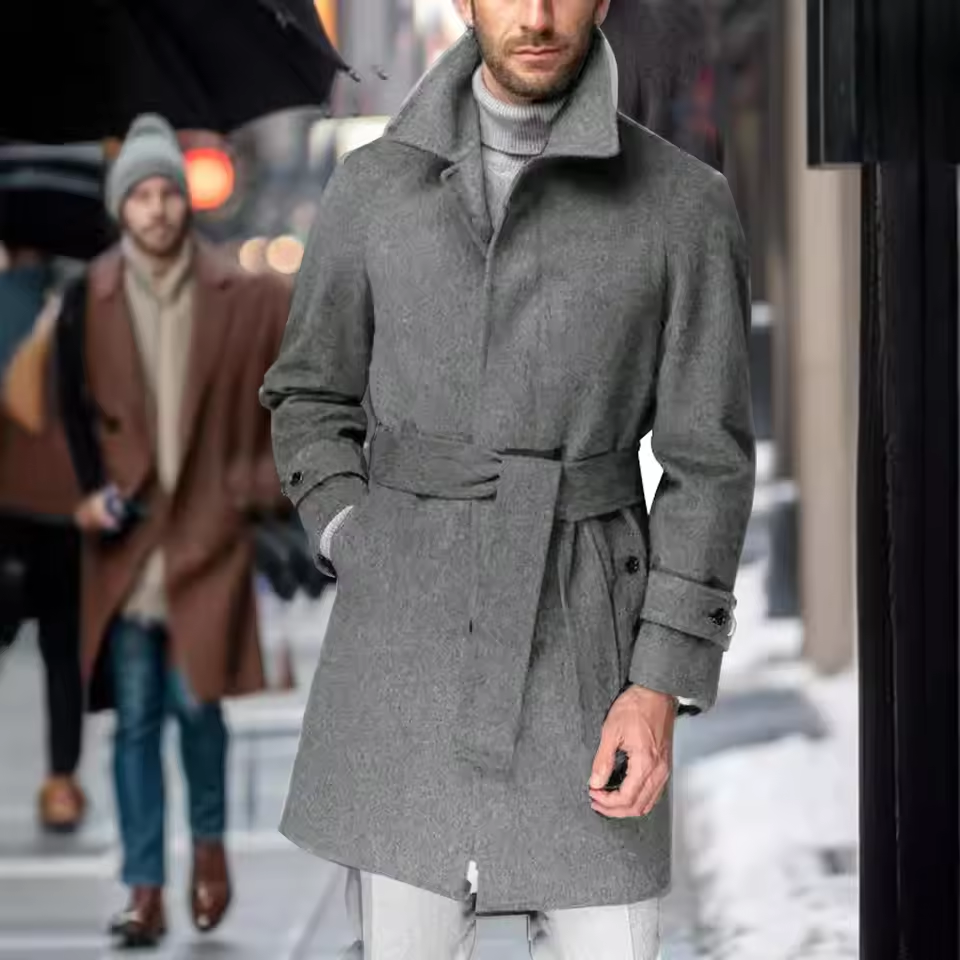 Dressing Up: Wool Coats in Formal Settings
Dressing Up: Wool Coats in Formal Settings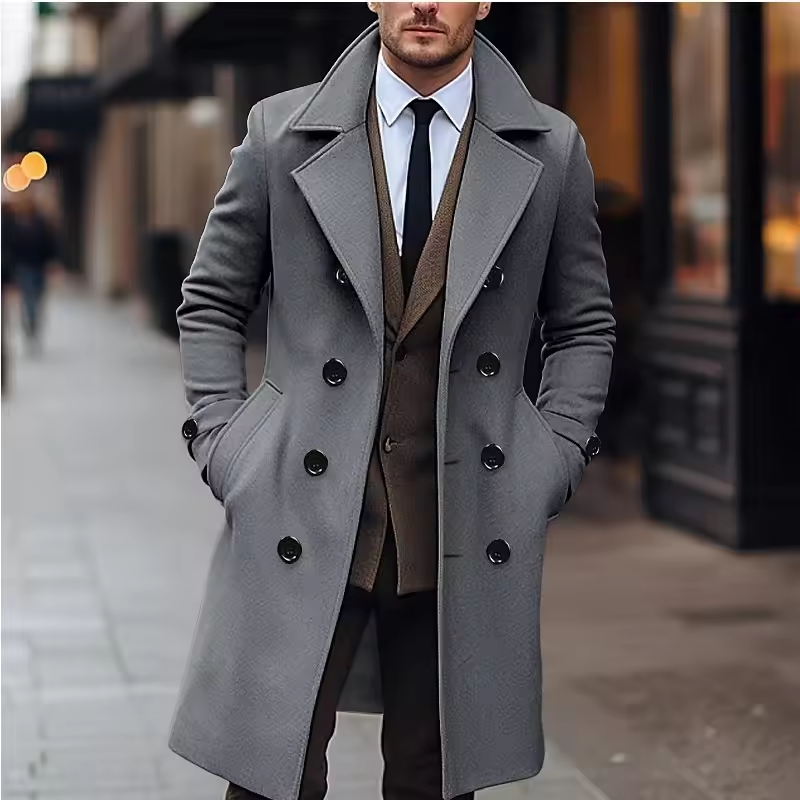 The Impact of Color: Selecting the Right Shade for Your Wool Coat
The Impact of Color: Selecting the Right Shade for Your Wool Coat